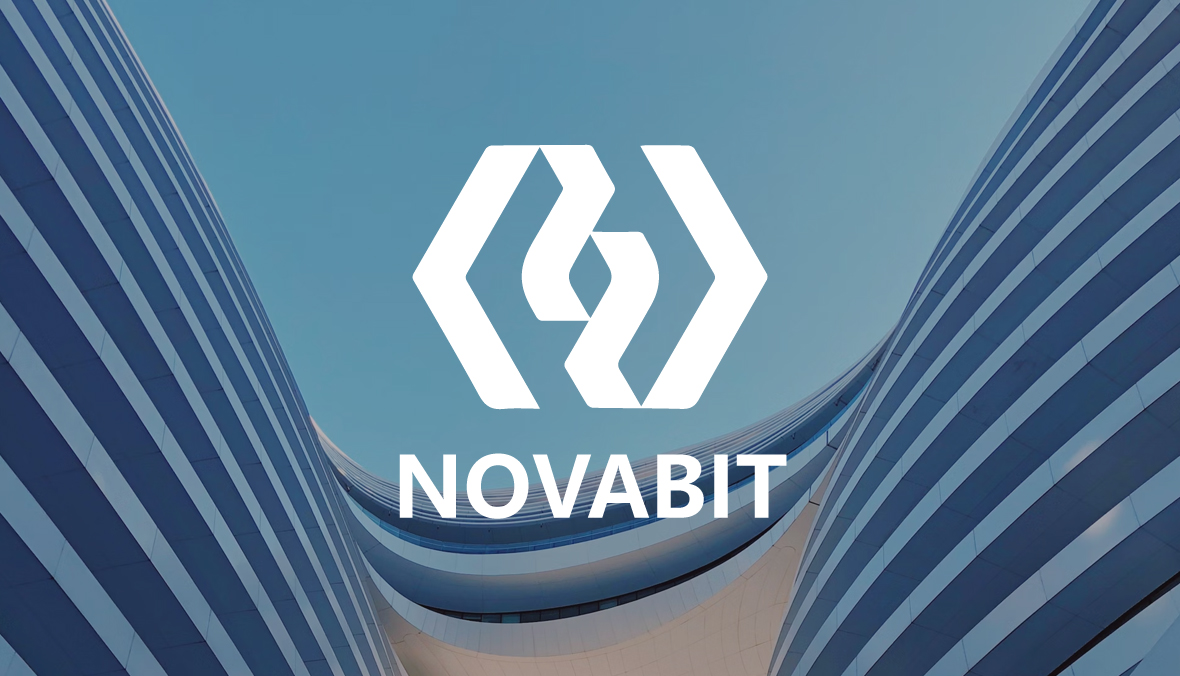Proof of Stake (PoS) and Proof of Work (PoW) are consensus mechanisms used in cryptocurrency to process transactions and create new blocks on the blockchain. A consensus mechanism is the process of securely validating entries in a distributed database; for cryptocurrencies, this database is called the blockchain.
We will detail Proof of Work and Proof of Stake below, and highlight the main differences between them.
Proof of Work (PoW)
PoW is a decentralized consensus mechanism where participants, randomly distributed across the network, solve mathematical problems through computational power. These problems validate the authenticity of new entries when added to the blockchain (a public distributed ledger). PoW is most notably used in the Bitcoin network. In the Bitcoin network, miners use computational power to mine new coins (tokens) and create new blocks. Since it is practically impossible for an individual to alter the blockchain, cryptocurrencies using PoW can securely conduct transactions on a peer-to-peer network without third-party supervision. Users can detect tampering through hashes, long strings of numbers that serve as signatures for true PoW instances.
Each created hash exists in a chain, with preceding and succeeding hashes linked to their unique numerical sequences: manually altering a hash would require changing all other hashes in the chain and distributing this change across the entire peer-to-peer blockchain network. Given current computational technology, manually altering hashes is nearly impossible, providing security for PoW. However, as the network scales, PoW becomes increasingly energy-intensive.
Proof of Stake (PoS)
In a PoS consensus mechanism, "validators" (users) validate block transactions based on how many coins (tokens) they can stake as collateral or equity. PoS reduces the computational workload needed to validate blocks and transactions, thus decreasing the network's energy consumption. Recently, the Ethereum network updated its consensus mechanism from Proof of Work to Proof of Stake, an event known as "The Merge."
PoS randomly assigns users (called validators) to validate transactions and blocks on the network. Although users are selected randomly, validators with more staked tokens (coins) have a higher chance of being selected. Validators are rewarded with nominal transaction fees, but in practice, this requires tokens that can be staked as capital; for instance, Ethereum users must stake at least 32 ETH to have a chance of becoming validators. Once validators are randomly selected to verify a block, the random selection process is completed and closed. PoS is considered less susceptible to potential network attacks because the rewards do not justify the effort. While the actual PoS mechanism may vary by cryptocurrency, a common requirement is that authorized users must stake a certain number of tokens (coins) on the network to be selected as validators.
Main Differences
Based on how the two consensus mechanisms work, the following are some key differences between PoW and PoS.

Proof of Work (PoW):
Miners create new blocks and mine new tokens.
Users must operate computational equipment to become miners.
A decentralized peer-to-peer ledger provides strong security.
Miners receive block rewards.
Energy consumption increases as the network scales.
Proof of Stake (PoS):
Validators create new blocks.
Users must own tokens (coins) to become validators.
Security is provided by incentivized communities.
Validators receive transaction fees as rewards.
Energy consumption increases moderately as the network scales.
Conclusion
Although PoW and PoS operate differently, they serve the same function: to create a peer-to-peer mechanism that allows decentralized networks to fairly and securely handle cryptocurrencies.
Our exchange suggests that both consensus mechanisms have their pros and cons, and which one is best depends on what you value more, which is a subjective matter. More importantly, understanding how these consensus mechanisms work will help you make the right choice for yourself.
Disclaimer: The copyright of this article belongs to the original author. Reposting this article is solely for the purpose of information dissemination and does not constitute any investment advice. If there is any infringement, please contact us immediately. We will make corrections or deletions as necessary. Thank you.





